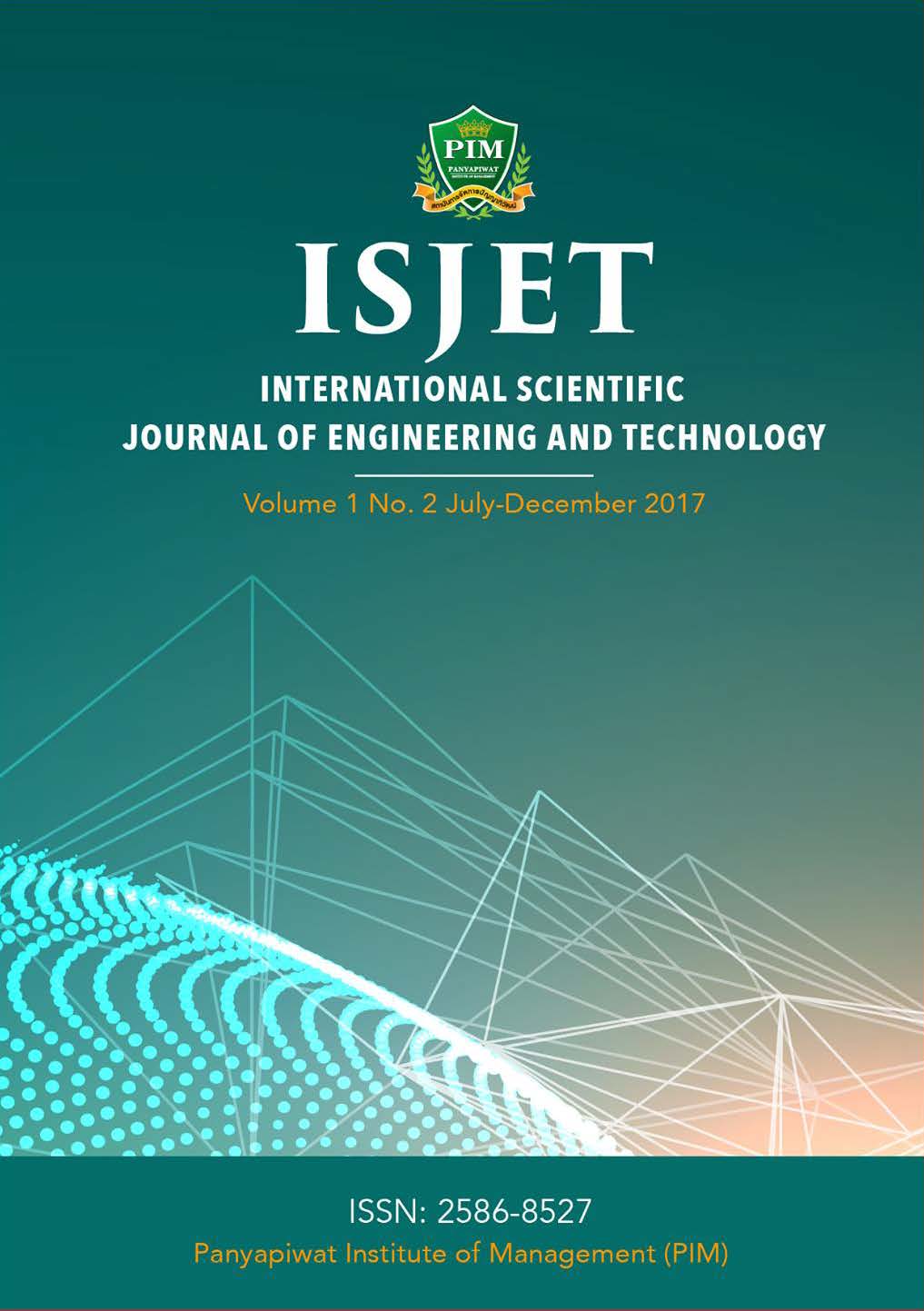Investigation of Copper Anode Treatment
Main Article Content
Abstract
This research was performed to study the electrochemistry of copper anode treatment of Coors beer, manufactured from Coors Brewing Company, to capture the trace amounts of sulfur. The relationship between electrode surface area, electrode separation or electrode gap, copper dissolution and current/voltage applied was investigated using small scale electrochemical cell. The optimum conditions, which limited the copper dose approximately 30 ppb to 50 ppb in the beer stream for removing the trace amounts of H2S and other sulfur compounds, were determined. The small scale electrochemical cell was designed and set up, as well as the continuously copper concentration analysis system by Ion Analyzer. The compositions of corrosion scale from Coors copper prototype electrode was analyzed by X-ray diffraction method. The data interpretation and analysis was accomplished via Microsoft Excel spreadsheet using desktop computer. The experimental results showed that; 1) Electrode separation of “¾-in to 1-in” was optimum for high current efficiency but the gap “¾-in” was more practical; 2) The minimum current was supposed to be 0.5 A, which maintained the copper dose in the range of 35 ppb to 40 ppb; 3) The current density change was higher with the higher surface areas; 4) Electrode fouling was caused from both sulfides and oxides of copper, which were mixed together in corrosion scale; and 5) Formation of copper sulfide was preferred over copper hydroxide precipitation.
Article Details
เนื้อหาข้อมูล


